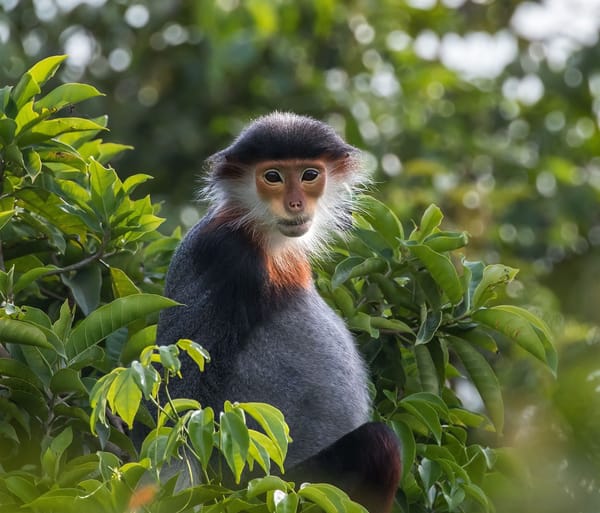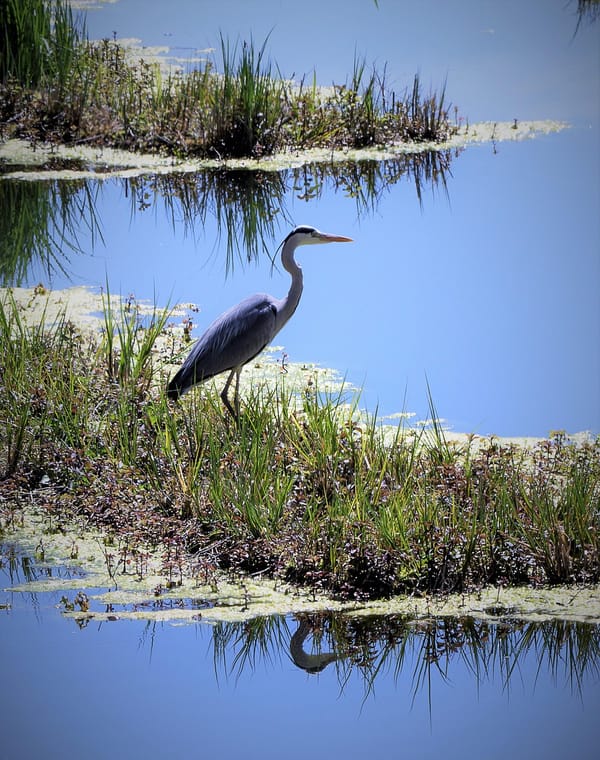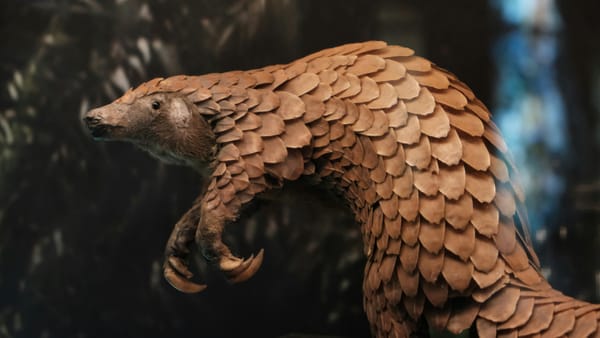Nature's Bottle - The Baobab
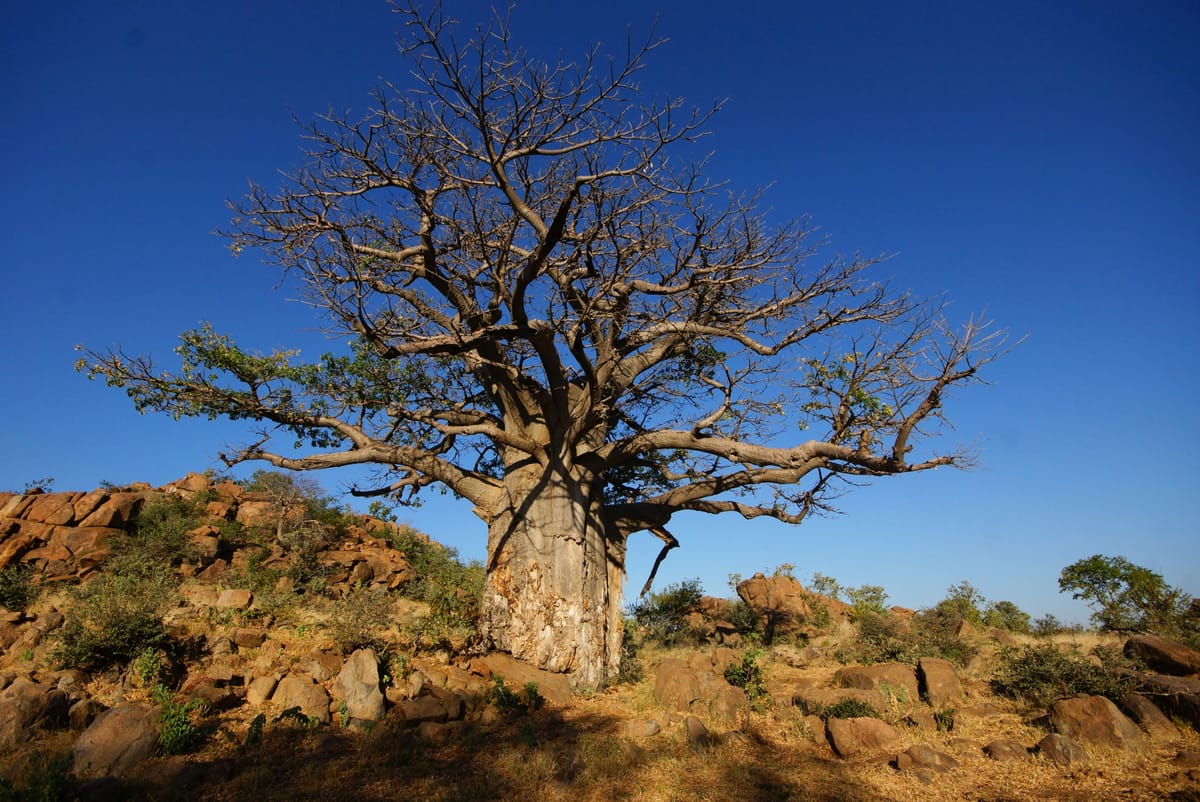
On a recent getaway to the coastal town of Mombasa, I opted for the SGR train. A convenient, scenic route that whisks you through breathtaking landscapes, and if you’re lucky, you’ll spot wildlife as it slices through Tsavo East and West national parks. Among the graceful elephants and wide-open savannas, one peculiar giant kept catching my eye—the iconic Baobab tree. It’s bizarre, it’s beautiful, and, as I’ve since learned, it’s far from just a tree.
At first glance, the Baobab might look like an odd, oversized upside-down tree. But this ancient species is a wonder of nature, with over 300 uses for humans and animals alike! That’s right; this mighty tree wears many hats, serving as a home, a water source, a beauty enhancer, and even a superfood. Growing up, I loved snacking on mabuyu, those little red-coated baobab seeds that felt like velvet on your tongue. Little did I know that this treat, popular along Kenya’s coast, comes from a tree that’s basically nature’s version of a Swiss Army knife.
Meet the Baobab Family
The Baobab tree, scientifically known as Adansonia, has nine species spread across Africa, Madagascar, and Australia. The most common one we see here in Kenya is the African Baobab, Adansonia digitata, which grows in dry and arid regions and can be found in 32 African countries, including Kenya, Tanzania, and South Africa.
Baobabs have evolved to thrive where many plants wouldn’t survive, even during droughts. Incredibly, a Baobab can store up to 100,000 liters of water in its trunk. So, in the harshest of dry seasons, it becomes a lifeline for both animals and communities.
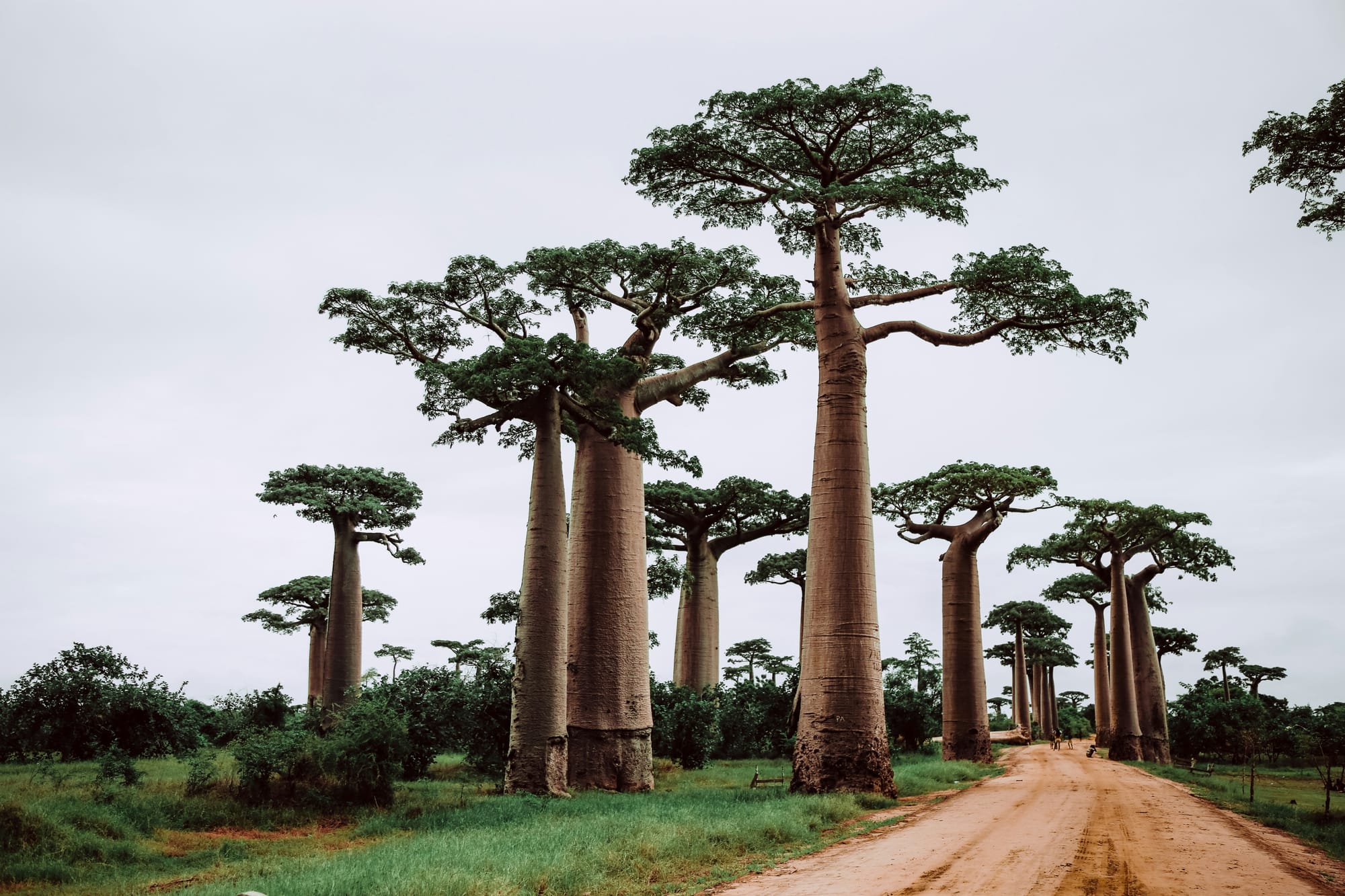
Ancient Giants
Baobabs are some of the oldest trees on Earth, with lifespans reaching over 2,000 years! Although counting tree rings to determine age doesn’t work well with Baobabs, scientists use radiocarbon dating to estimate their age. Imagine the centuries of history these trees have witnessed, the generations they’ve supported with their shelter, shade, and sustenance. The Baobab is more than just a tree—it’s a time capsule of resilience and generosity.
The Gift That Keeps Giving
Every part of the Baobab has a purpose. Its bark, leaves, and fruit pulp all boast incredible health benefits, from supporting gut health to boosting the immune system. It’s also packed with beauty-enhancing properties. And the superfood credentials? Next-level! The Baobab’s fruit is loaded with Vitamin C—ten times that of an orange! 🍊 It’s also rich in calcium, magnesium, iron, and a whole host of essential minerals. This powerhouse of nutrients makes Baobab powder a prized ingredient in health foods and supplements around the world.
Beyond its edible gifts, the Baobab’s bark is used for making ropes, its seeds produce oil, and its outer shell can be fashioned into calabashes. It’s no exaggeration to say that the Baobab gives endlessly.
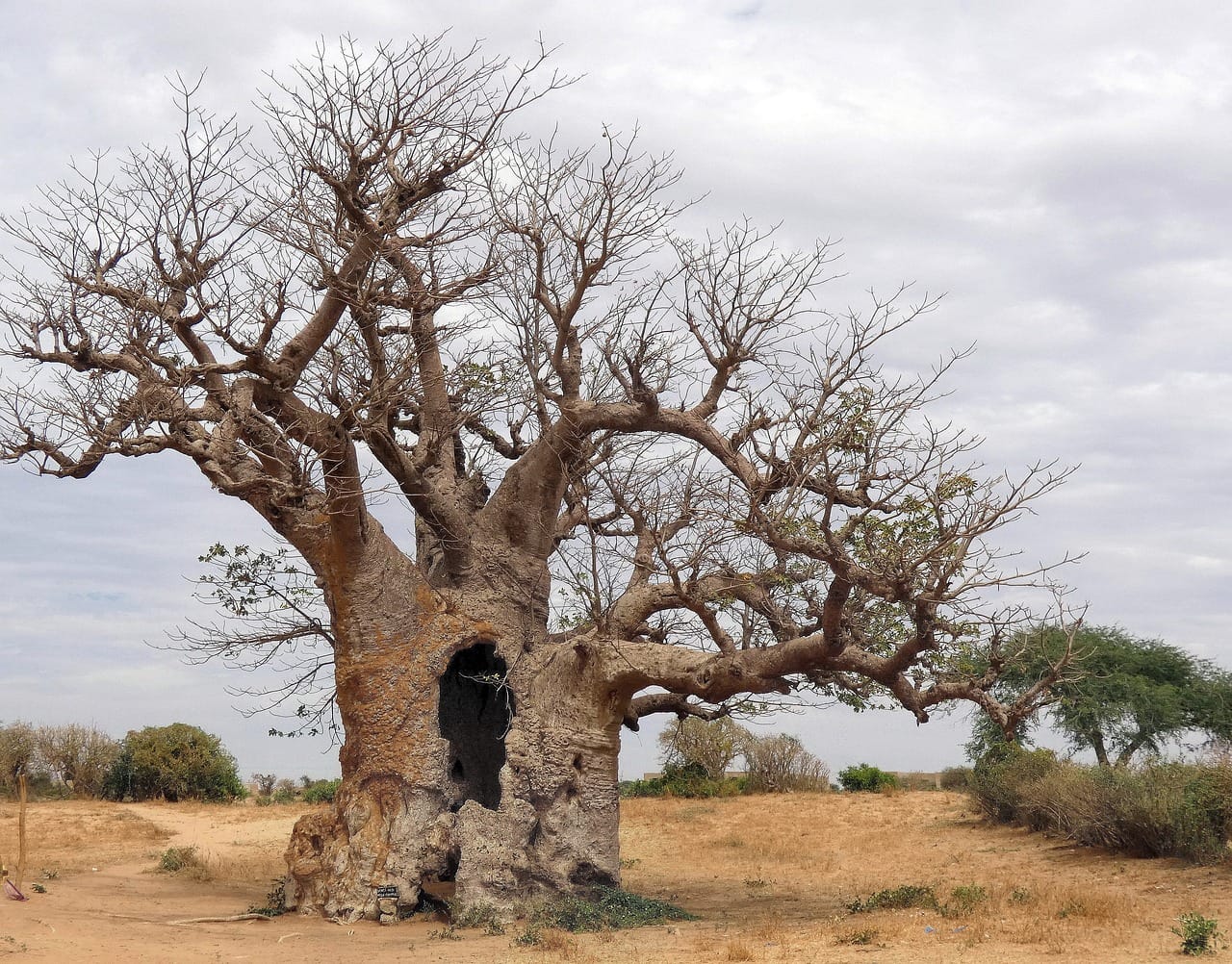
A Keystone of the Ecosystem
More than a giver to humans, the Baobab is crucial for wildlife, especially during dry seasons. Elephants, monkeys, birds, and other animals rely on it for water and shelter. As a keystone species, it supports biodiversity, prevents soil erosion, and aids in carbon sequestration, making it vital to the health of our ecosystems.
Threats to the Baobab
Yet, even these mighty giants face threats. Climate change is causing Baobabs to die at unprecedented rates. Deforestation, illegal logging, and habitat loss due to agriculture also endanger them. Shockingly, there is still a lack of widespread conservation efforts for this irreplaceable tree.
Time to Act 🌍✨
Now that we know more about the Baobab, it’s up to us to protect it. Whether by raising awareness, supporting conservation initiatives, or simply appreciating this magnificent tree, we can play a part in its survival. Let’s celebrate and safeguard these natural wonders that do so much for us, both seen and unseen.
Sincerely,
Blue 💙
Citations:
Megan.W(2018, February 27). Health and nutritional benefits of baobab. MedicalNewsToday. Retrieved from: https://www.medicalnewstoday.com/articles/306445
Katherine. K(2021, November 12). Scientists determine the age of one of Africa’s most famous trees. Science.org. Retrieved from:
https://www.science.org/content/article/scientists-determine-age-one-africa-s-most-famous-trees
San Diego Zoo Wildlife Alliance Animals & Plants. Baobab.Adansonia. Retrieved from: https://shorturl.at/mstAB

